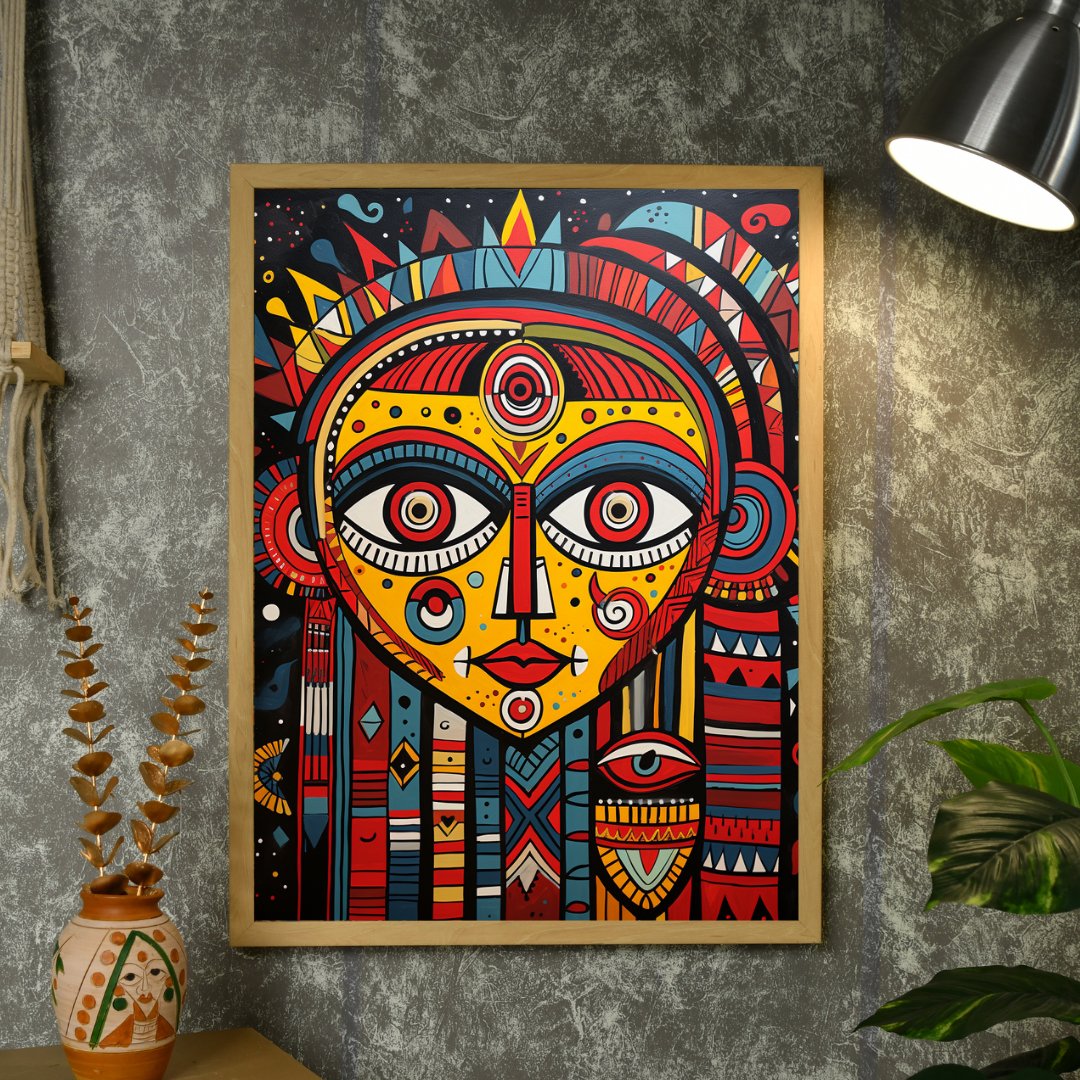Enhance Your Content Strategy with the Best AI Tools for Content Writing
In the swiftly evolving landscape of digital marketing, high-quality content is vital for success. The best AI tools for content writing significantly ease the burden of content creation by enhancing quality, streamlining processes, and amplifying your overall content strategy. This article delves into how these tools can transform your approach to content production.
Key Advantages of AI Writing Tools
Efficiency
The primary benefit of using the best AI tools for content writing is their ability to save time. These tools expedite content generation, freeing up resources to concentrate on other strategic areas.
Enhanced Quality
AI tools improve content quality by offering advanced editing suggestions that refine grammar, style, and structure. This support helps you craft more polished and engaging content.
Boosted Productivity
By automating repetitive tasks, the best AI tools for content writing enhance productivity, allowing for the production of more content within shorter timelines and helping you maintain a competitive edge.
Top AI Tools to Optimize Your Content Creation
Grammarly
- Grammarly is renowned for its capability to improve writing through comprehensive grammar, punctuation, and style checks.
- This tool is designed to minimize errors and boost the clarity and readability of your content.
- Available as a browser extension and desktop app, Grammarly integrates seamlessly into various writing workflows.
Hemingway Editor
- The Hemingway Editor simplifies your writing and enhances clarity, targeting complex sentences and passive voice for improvement.
- It’s an excellent tool for producing straightforward, easy-to-understand content.
best AI tools for content writing
- Increase Content leverages NLP technology to generate distinctive, engaging content tailored to your needs, significantly reducing manual effort.
- Its user-friendly interface and customization options make it ideal for various content strategies.
Effective Usage of AI Writing Tools
Recognize Limitations
While the best AI tools for content writing offer substantial aid, they are not flawless. Acknowledging their limitations ensures you can fully leverage their capabilities without overreliance.
Customization
Customizing outputs to align with your brands voice and style is crucial. Most AI tools offer extensive customization options, enhancing the relevance and impact of the content they generate.
Human-AI Collaboration
Despite the efficiency of AI, the human element remains irreplaceable. Combining AI tools with human creativity yields content that is both efficient and profoundly resonant.
Conclusion
Employing the best AI tools for content writing can revolutionize your content strategy. These tools not only save time and enhance quality but also boost productivity. By incorporating these advanced tools into your workflow, you can elevate your content to new heights, meeting and exceeding modern marketing demands.








